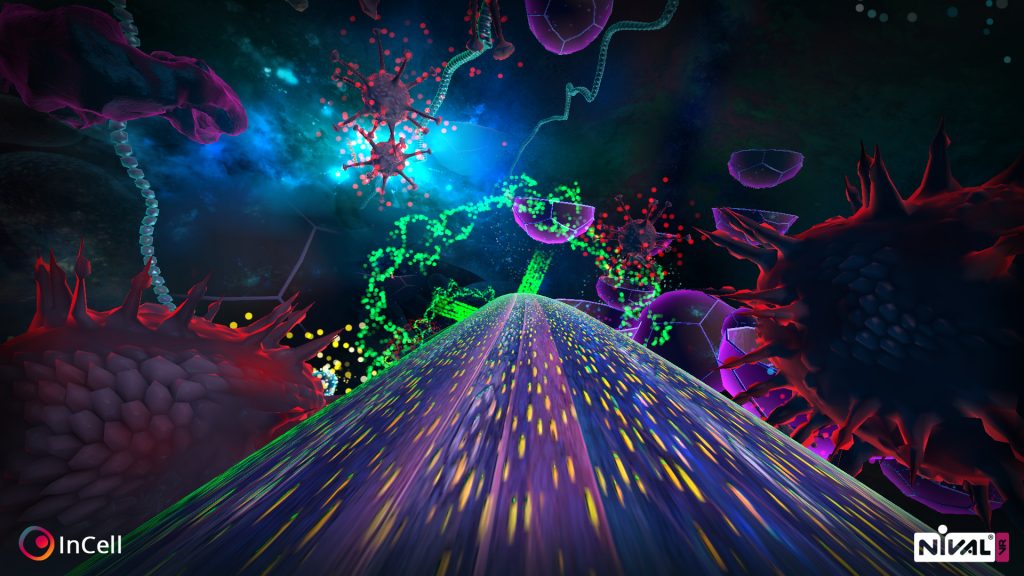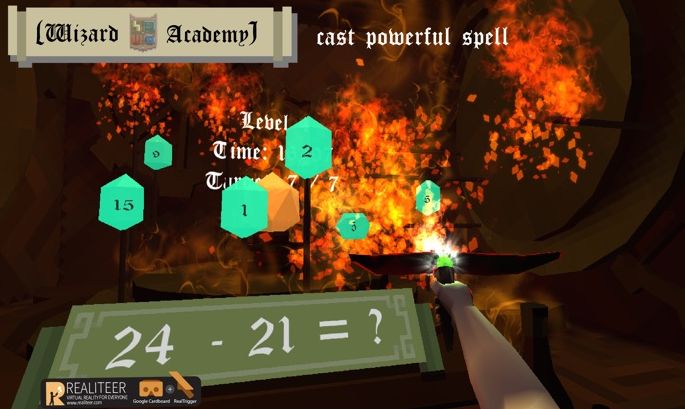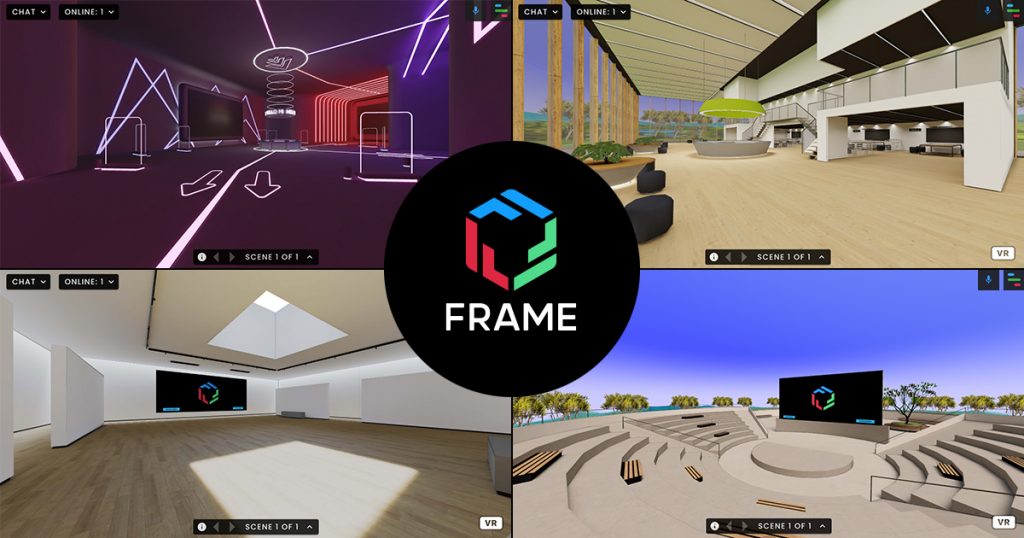A simple game geared towards younger students to introduce them to marine life as seen through the mask of a scuba diver. Students will see the names of different fish and sea animals as they get closer to them. When you approach a fish, the movement will be slower so that you can closely examine the details. You can show your fish-hunting skills as well in one of the spear fishing options. The game mechanics are pretty easy and there are 8 different levels included in the game. This game is downloadable from Google Cardboard and for use with mobile headset viewers.

Curricular Connections
- This game is geared towards younger learners learning about ecosystems and marine life.
- Science- Biology-Plants and animals have observable features.
- Living things have features and behaviours that help them survive in their environment
- Living things are diverse, can be grouped, and interact in their ecosystems.
Gameplay Length
- 15 minutes to explore the sea and try at least one of the games.
Player Comfort Level
- Comfortable
Walkthrough of Program
Website
Cost
- Free



